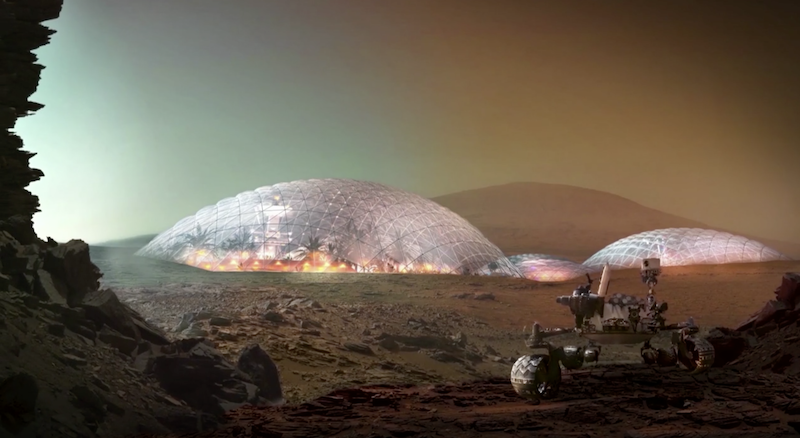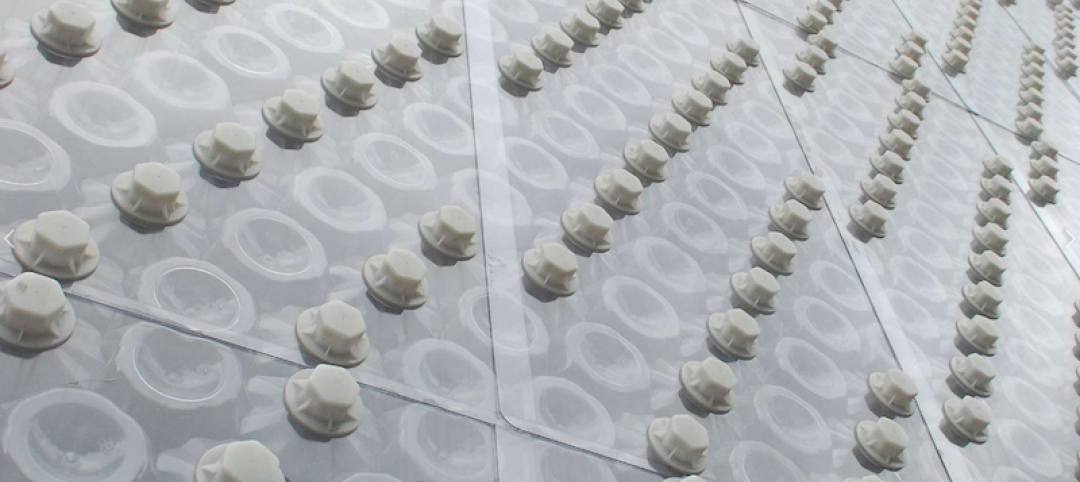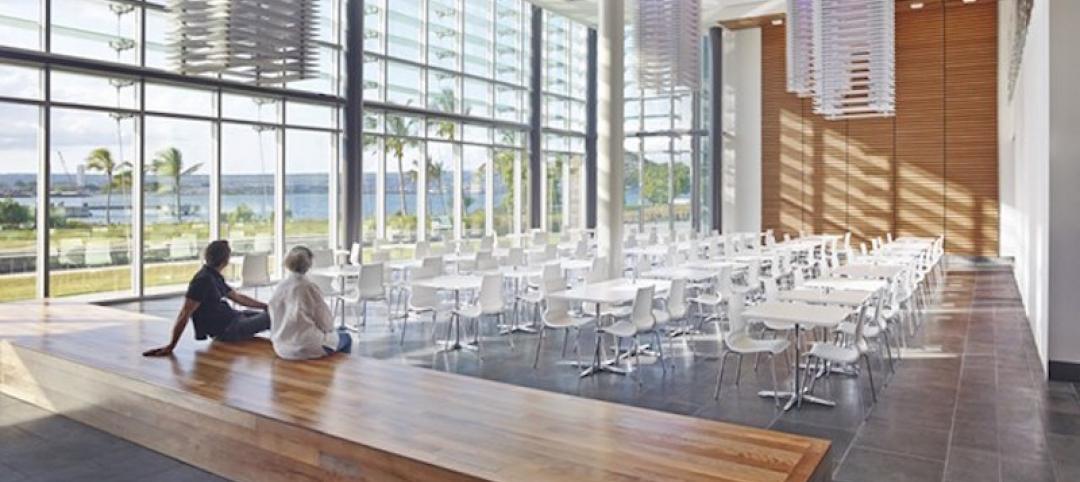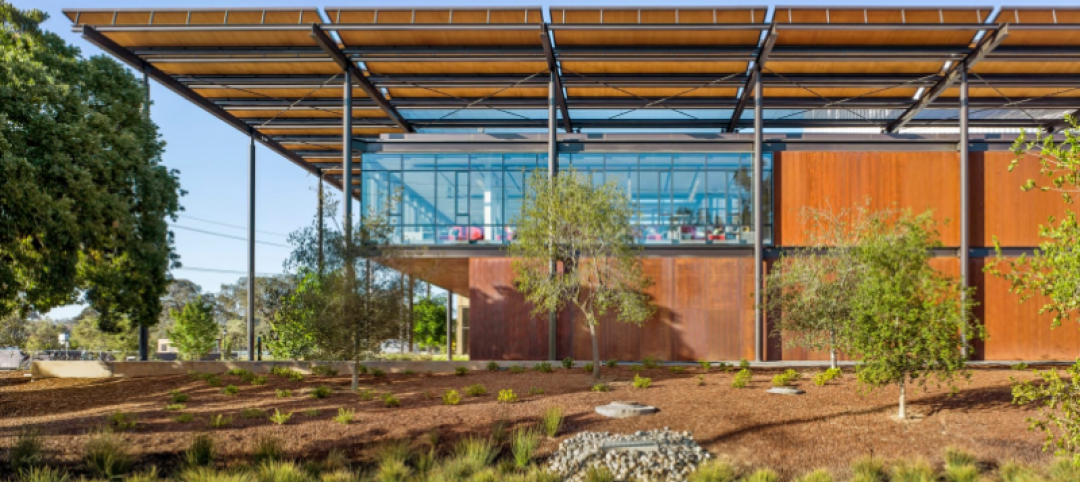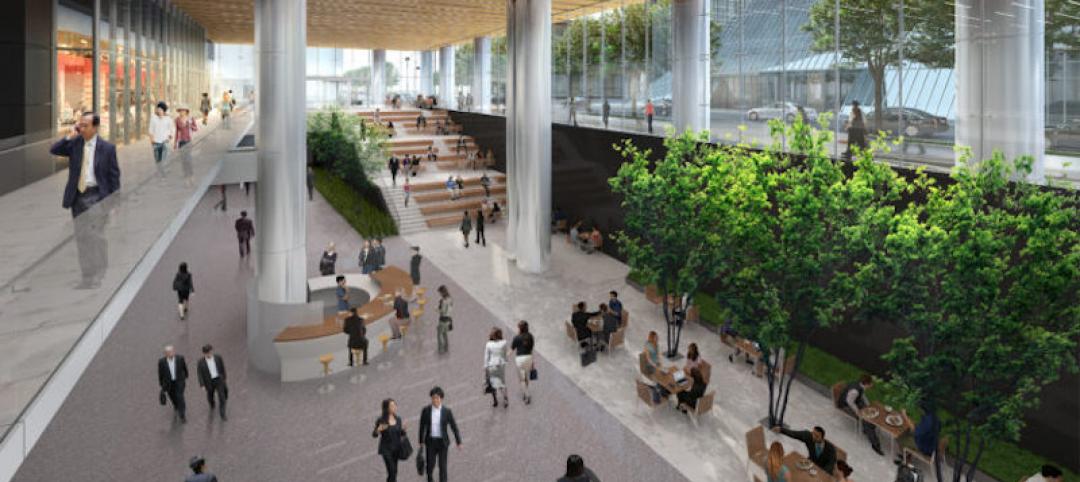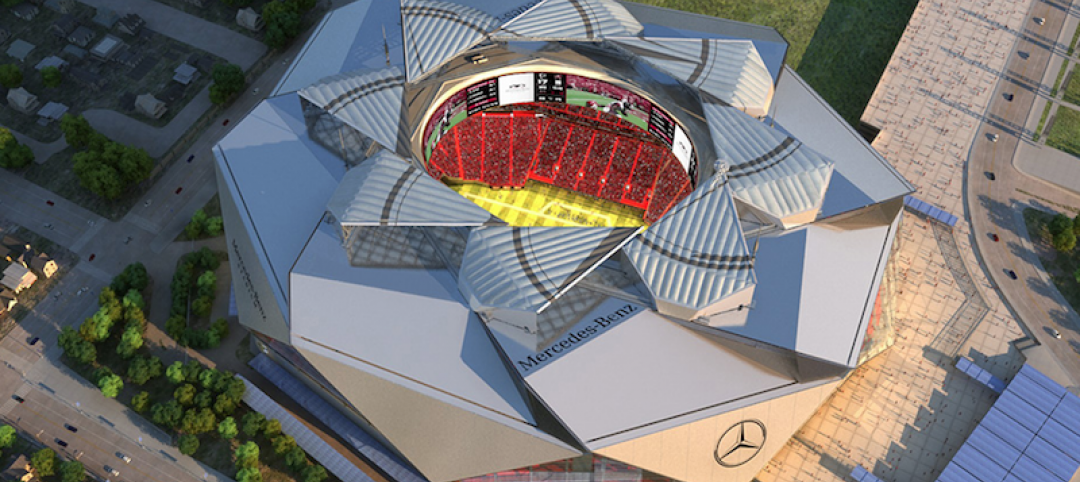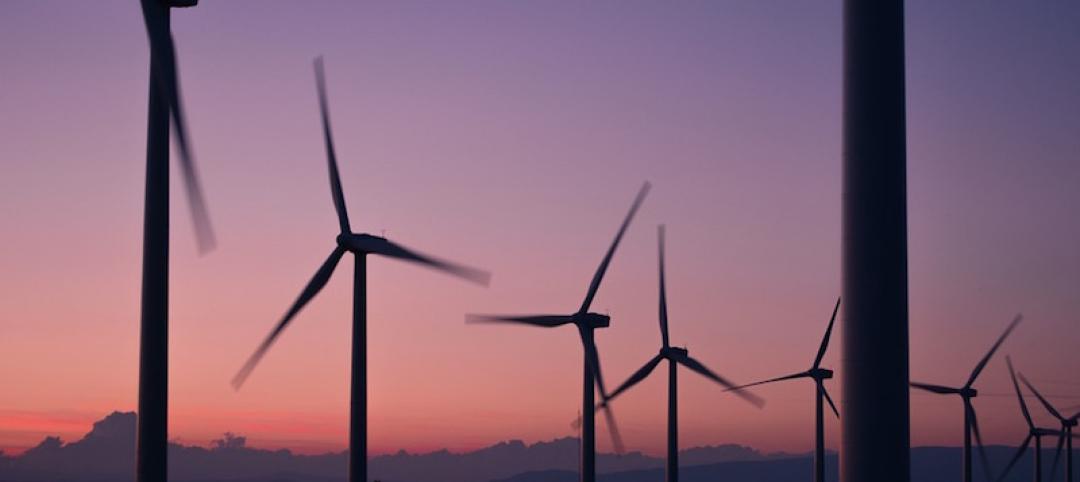Bjarke Ingels has joined the building-on-Mars party. BIG's prototype Martian city, dubbed Mars Science City, is designed to be an environment dedicated to the knowledge, education, and exhibition of the technologies necessary to inhabit mars.
But what's even the point of this discussion? Especially in times like those which we are currently experiencing, isn't the thought of building a city on Mars a bit quixotic? Perhaps, but as Ingels points out, of the 17 sustainable development goals of the United Nations, eight of them deal with the built environment. And when it comes to the built environment on Mars, sustainability is key.
The purpose of designing for Mars can be summed up in one word: innovation. The solutions architects, designers, scientists, researchers and the like come up with for living on Mars can and will help right here on Earth. Space travel has already given us dozens of innovations and inventions that we now use on an everyday basis; scratch-resistant lenses, shock absorbers for buildings, solar cells, and memory foam were all originally created to help solve a very specific problem associated with space travel.
As Ingels says in his talk, "The exact same principles and the exact same systems that will allow us to live on Mars are the very same that will allow us to be great custodians on earth."
See Also: Designing for the final frontier: Space architecture
Watch the entire presentation from Bjarke Ingels below.
Related Stories
Sustainability | May 16, 2017
1.5 million recycled plastic bottles were used to build this nine-story structure in Taipei
The building is made of Polli-Brick, a building material that comes from 100% recycled Polyethylene Terephthalate Polymer.
Green | May 2, 2017
Green buildings don't have to cost more
What impact does sustainable design have on owners with a finite construction budget or developers who won’t own the building after construction?
Sustainability | Apr 20, 2017
The American Institute of Architects select the 2017 COTE Top Ten Awards
In its 21st year, the Top Ten Awards highlight projects that exemplify the integration of great design and great performance.
Sustainability | Apr 19, 2017
Embracing the WELL Building Standard: The next step in green
When you consider that 90% of our time is spent in buildings, how these environments can contribute to workplace productivity, health, and wellness is the logical next step in the smart building movement.
Sports and Recreational Facilities | Apr 19, 2017
Mercedes-Benz Stadium delayed until late August
The stadium is now scheduled to open on Aug. 26 in a preseason game between the Falcons and the Jaguars.
Multifamily Housing | Apr 18, 2017
Hanging Gardens-inspired CLT residential development proposed for Birmingham
Garden Hill will provide an ‘oasis-like residence’ for Birmingham’s growing, multicultural student population.
Green | Apr 14, 2017
Sunqiao looks to bring agriculture back to Shanghai’s urban landscape
Vertical farms will bring new farmable space to the city.
Sustainability | Apr 13, 2017
How to make a concrete bunker livable
SOM’s design for New York’s second Public Safety Answering Center leans on strategically placed windows and the outdoor environment.
Green | Apr 11, 2017
Passivhaus for high-rises? Research demonstrates viability of the stringent standards for tall residential buildings
A new study conducted by FXFOWLE shows that Building Teams can meet stringent Passivhaus performance standards with minimal impact to first cost and aesthetics.
Codes and Standards | Apr 6, 2017
Product-specific EPDs seen as key aid to earning green building credits
The product-specific EPDs allow designers to more quickly earn a LEED v4 credit in the Materials & Resources category.


